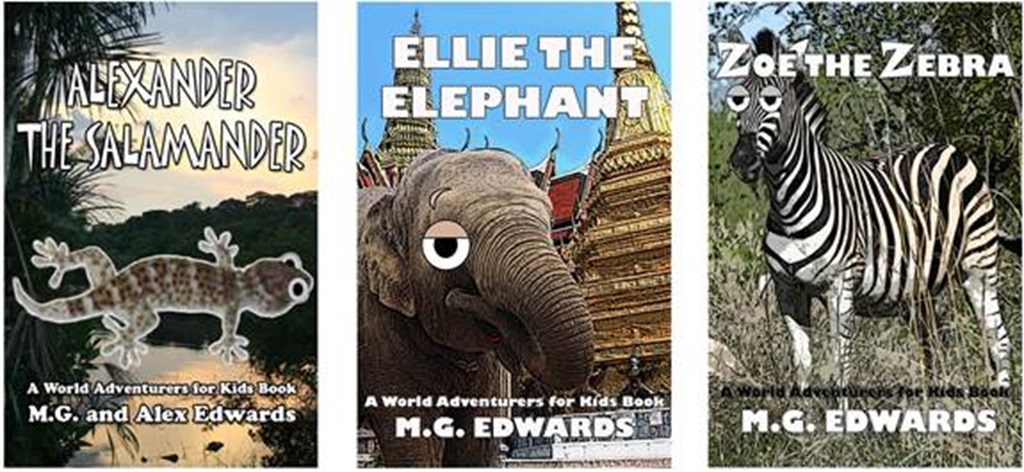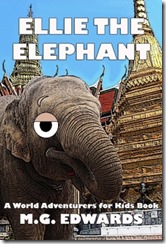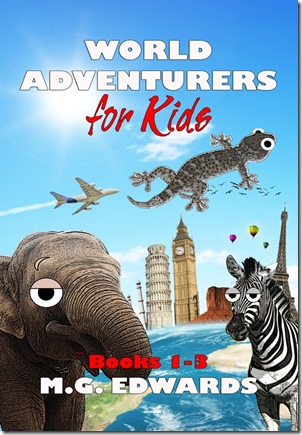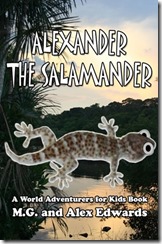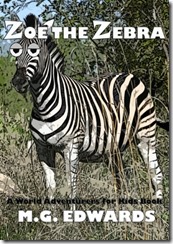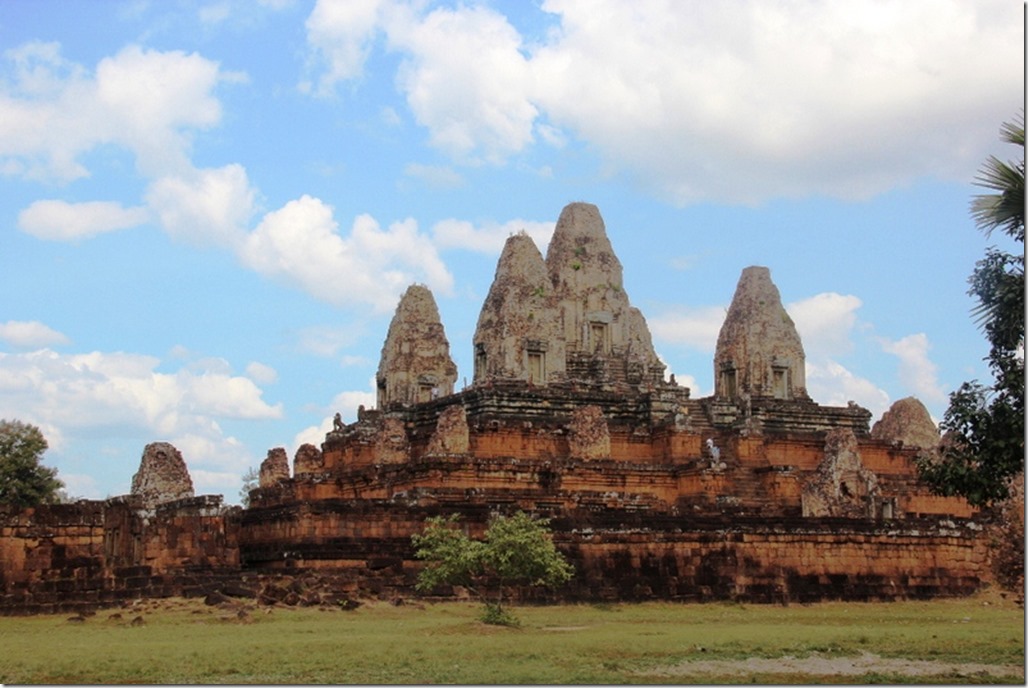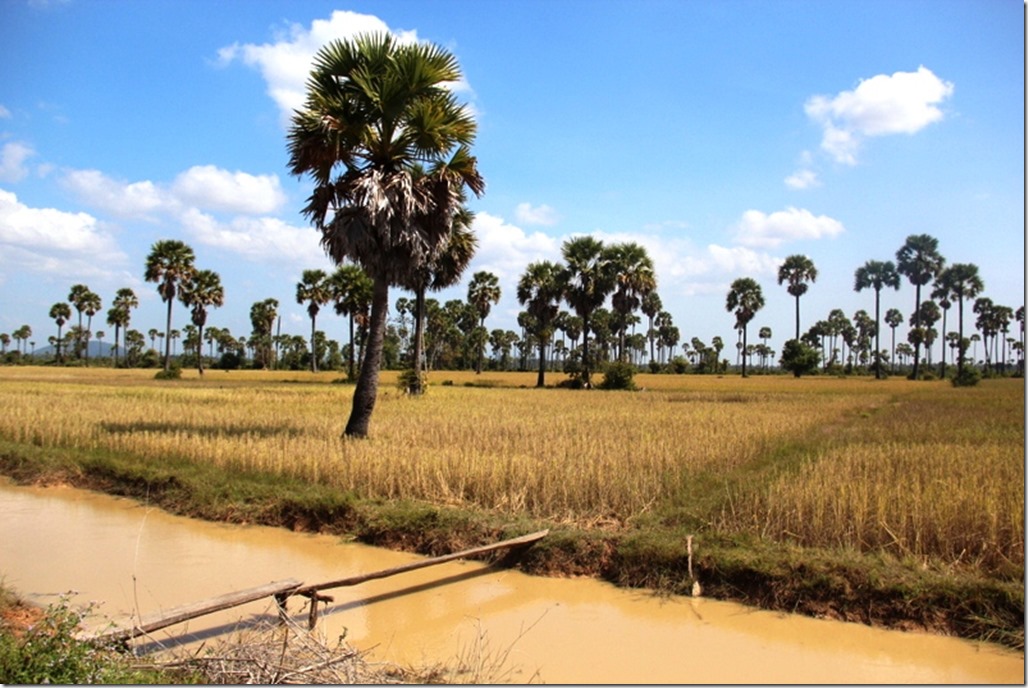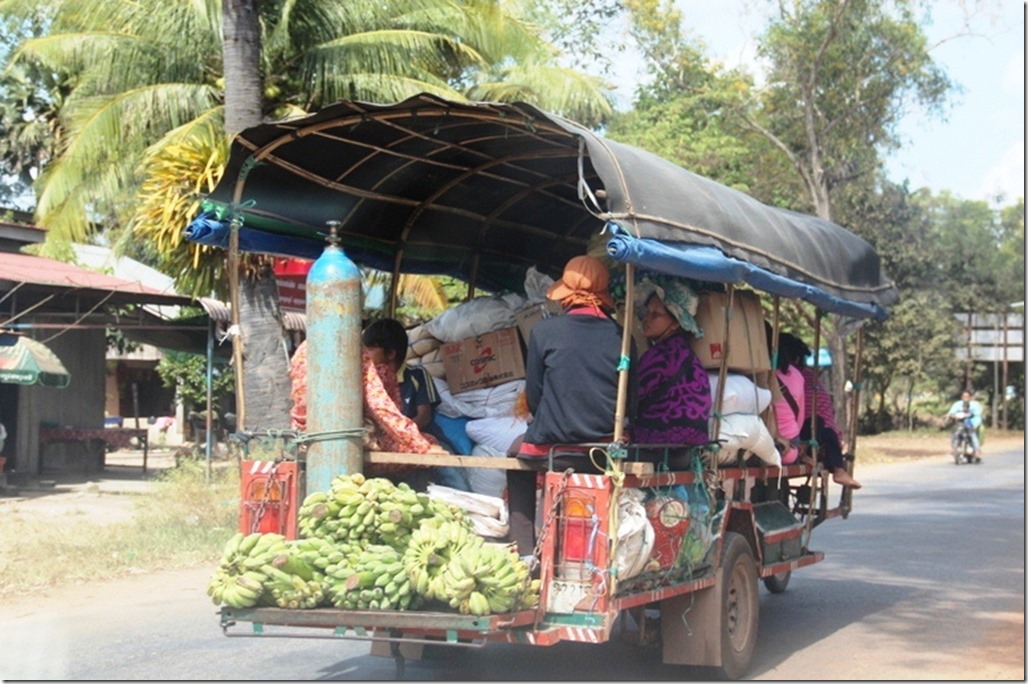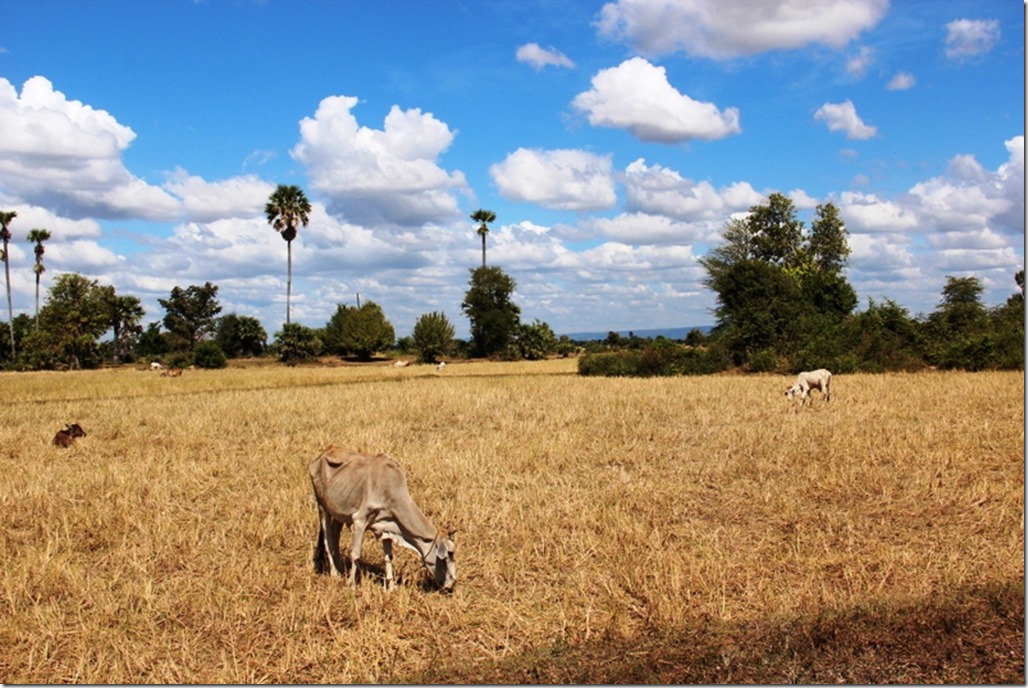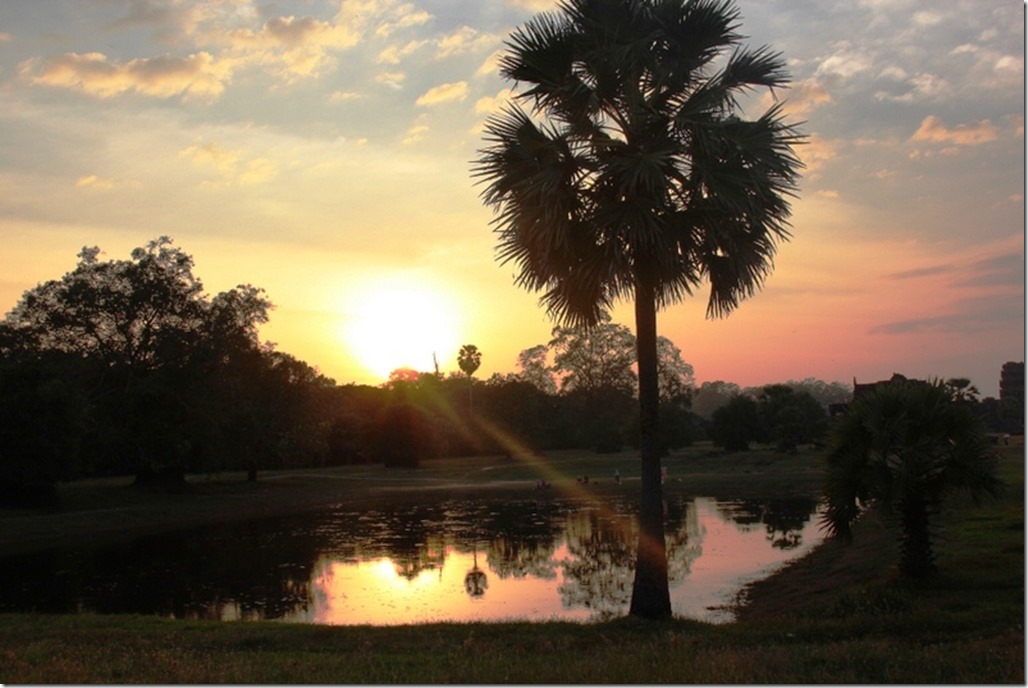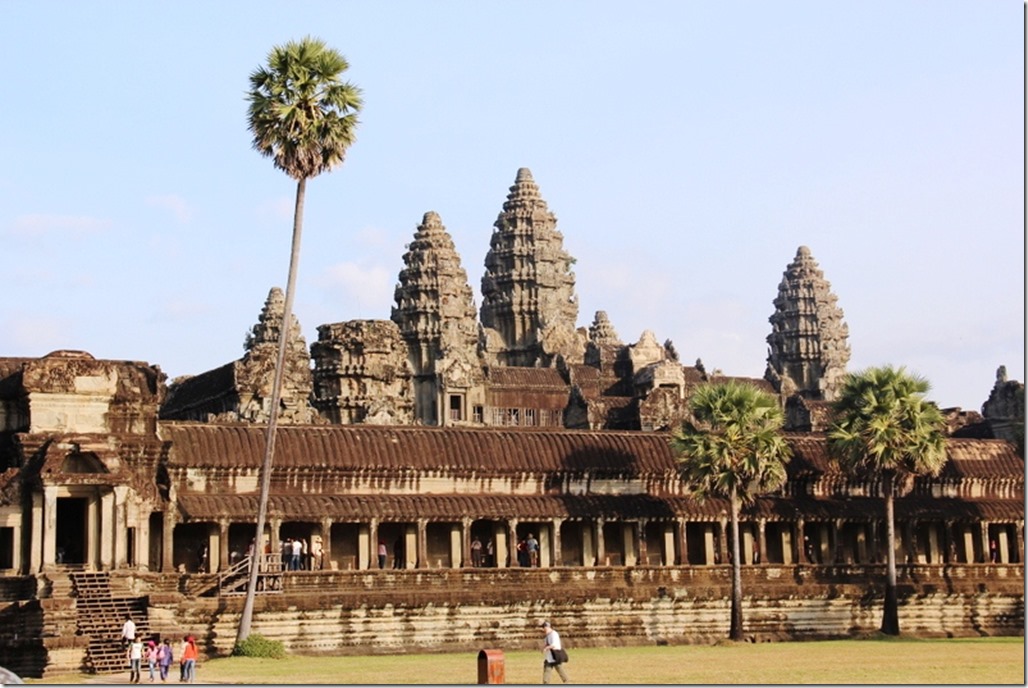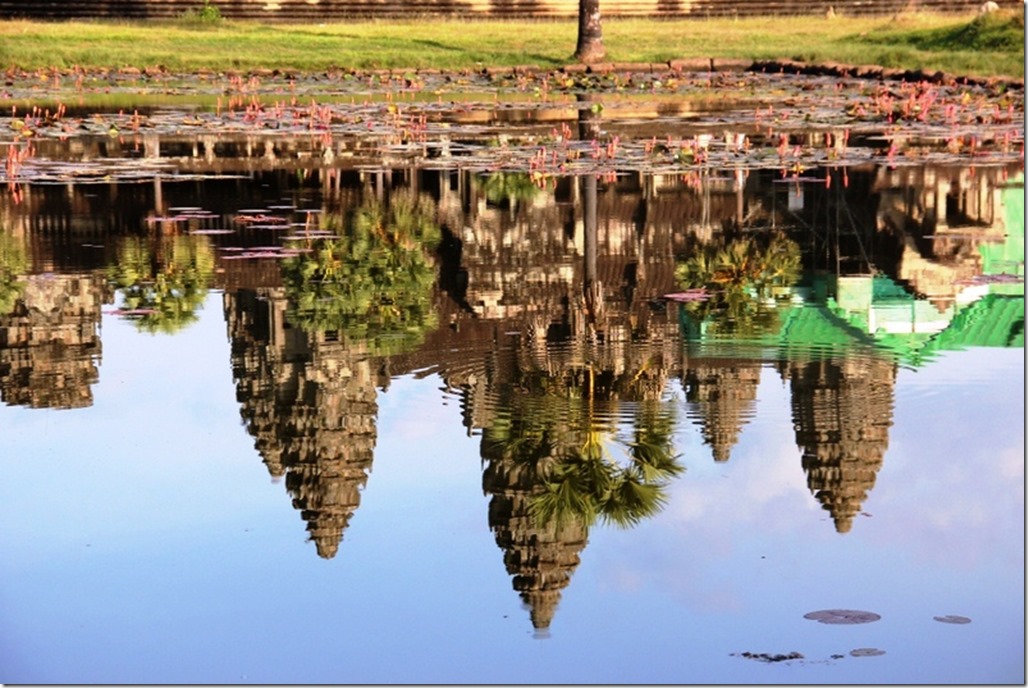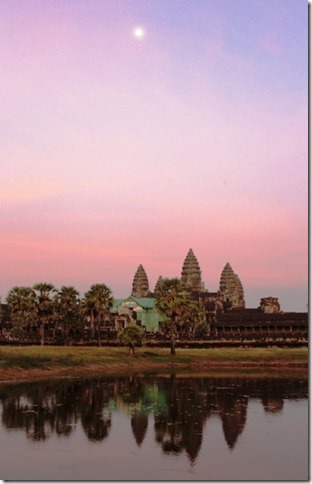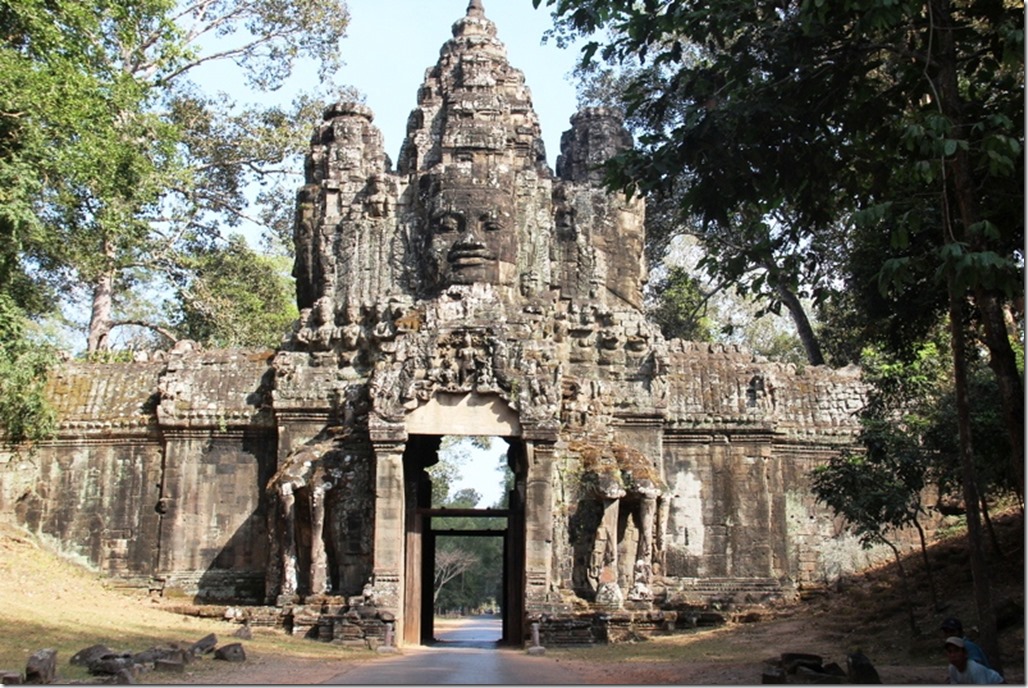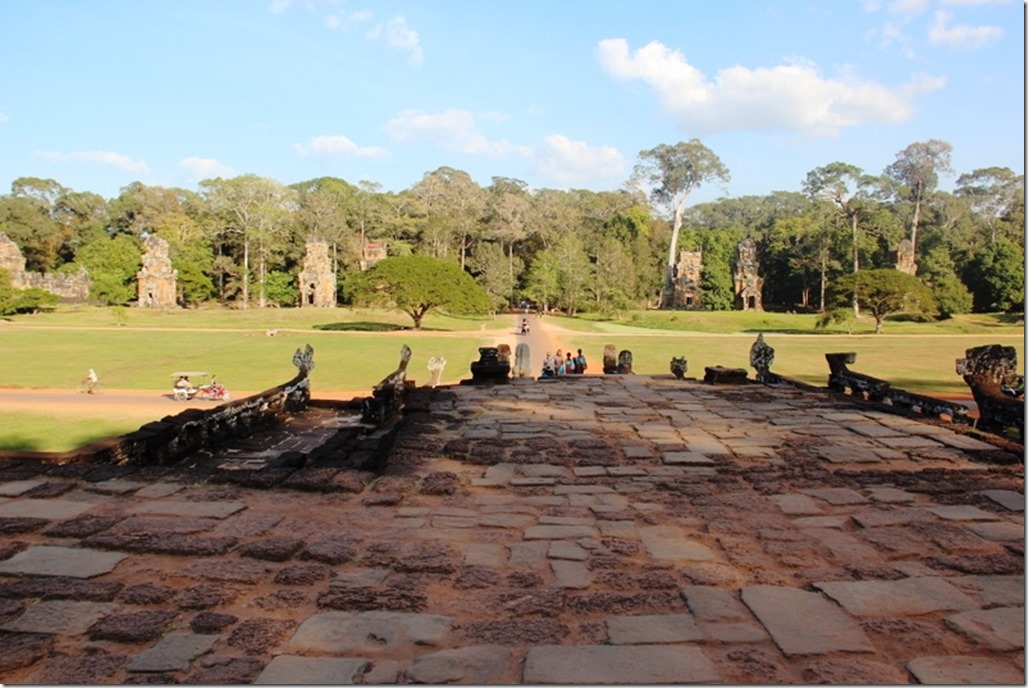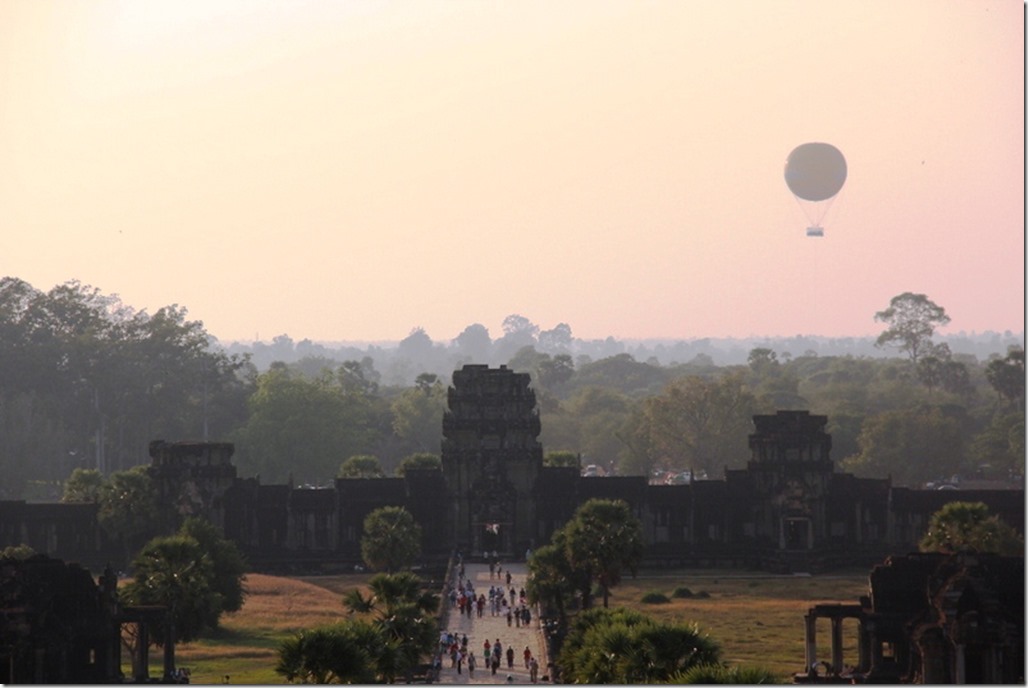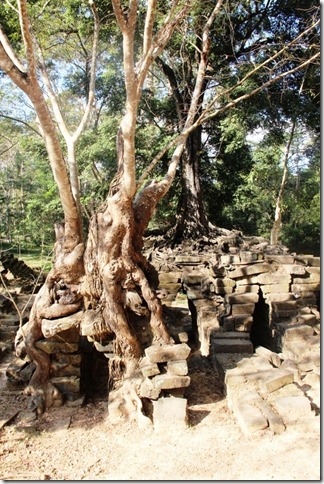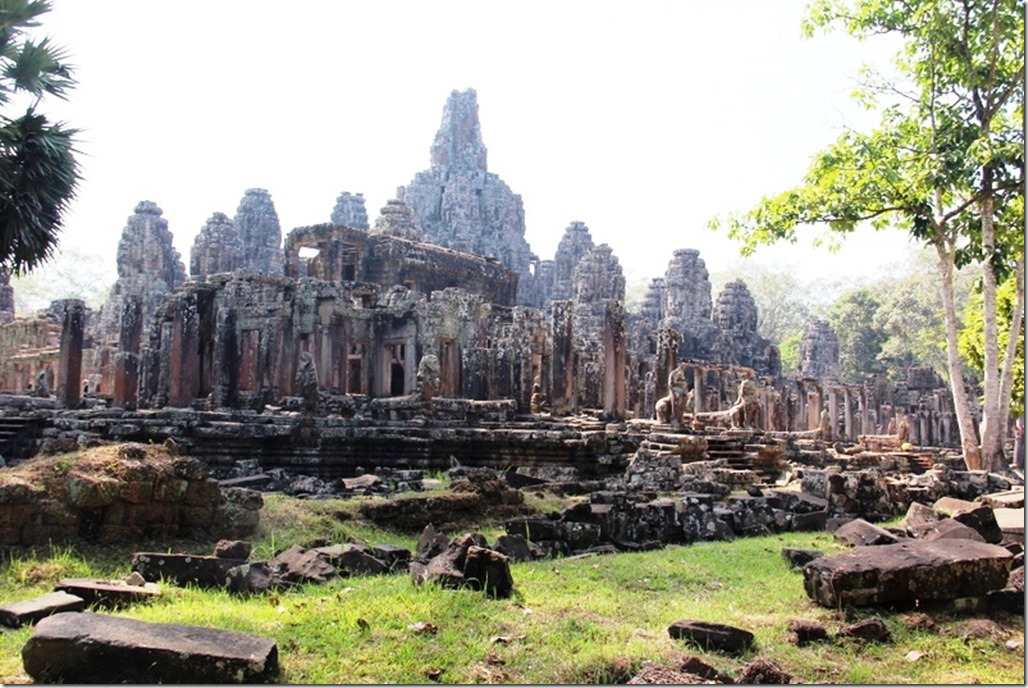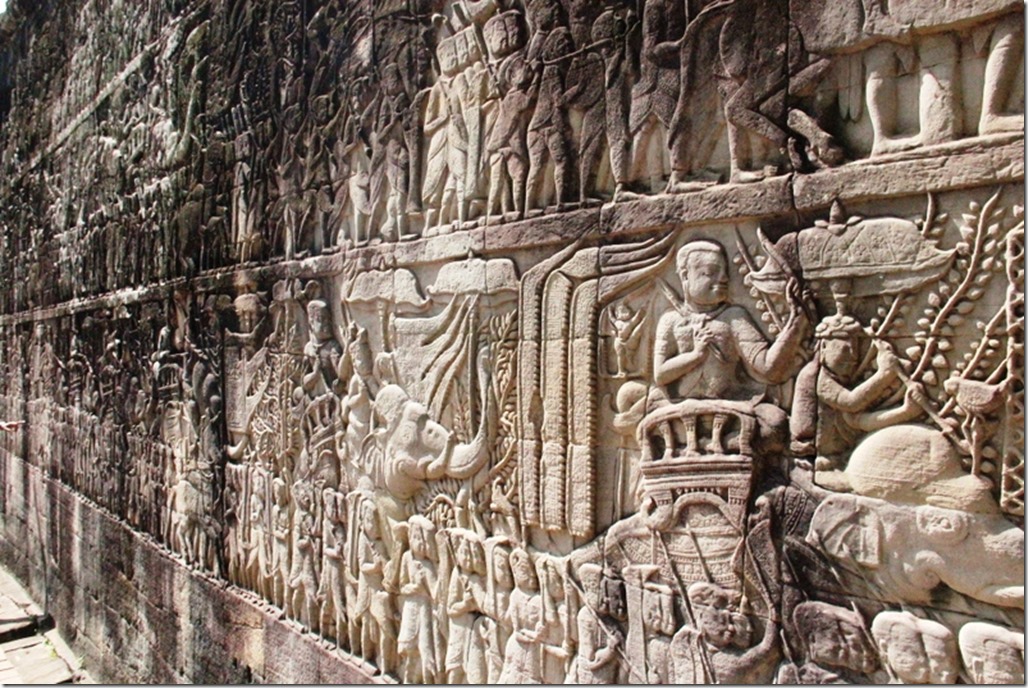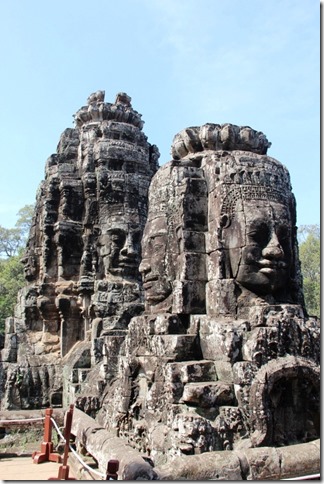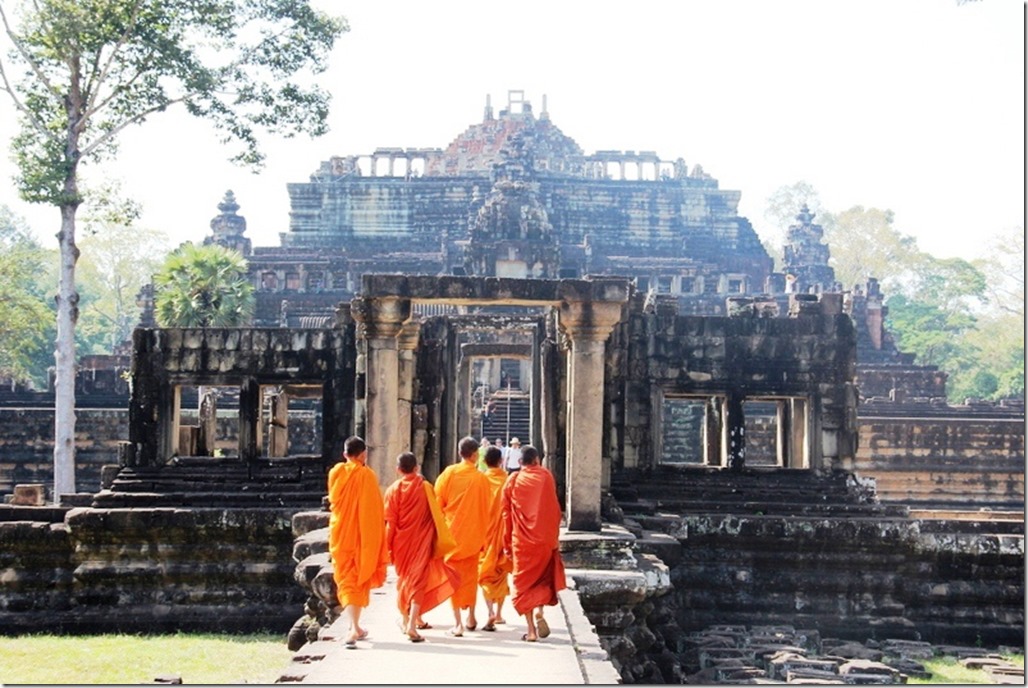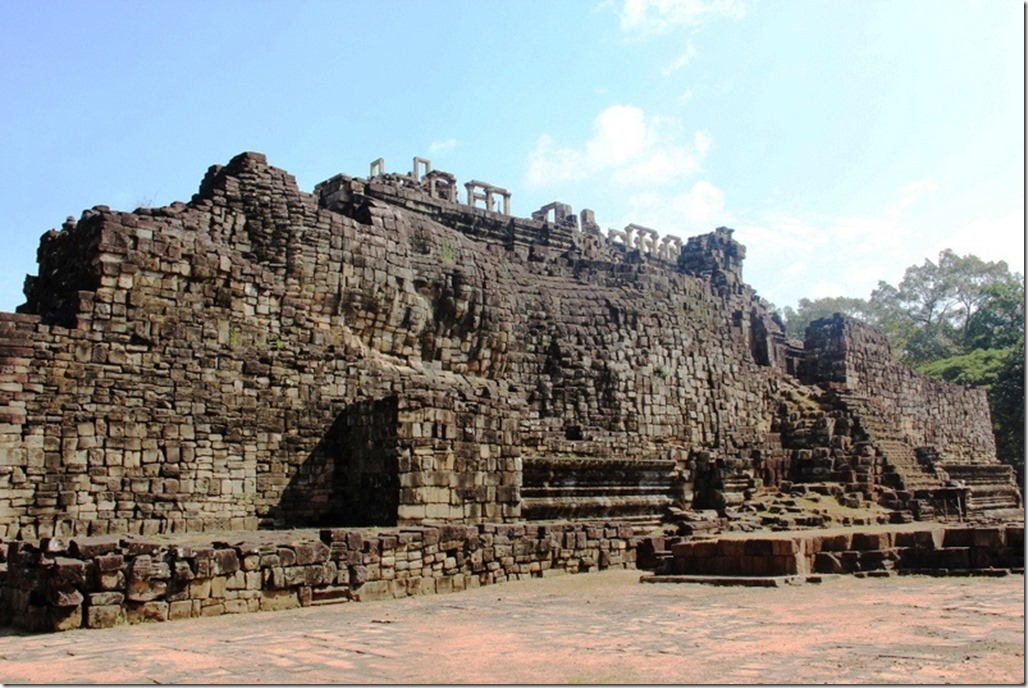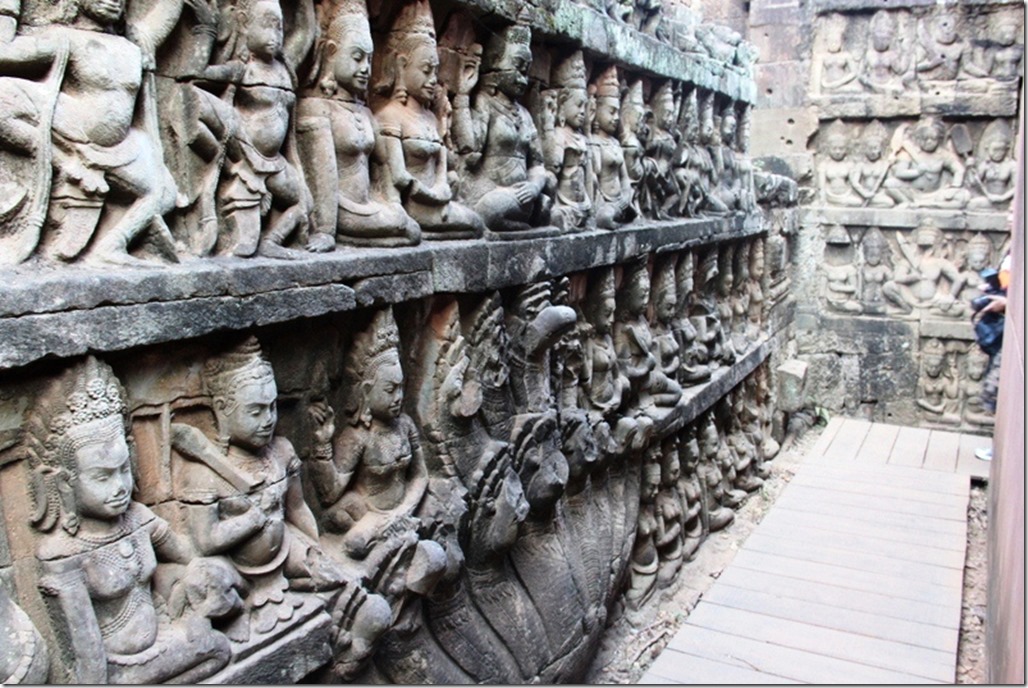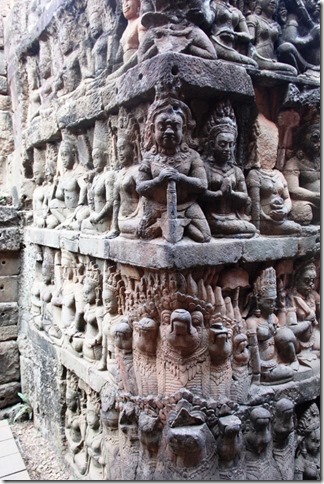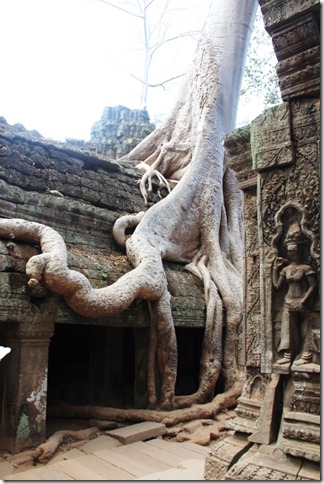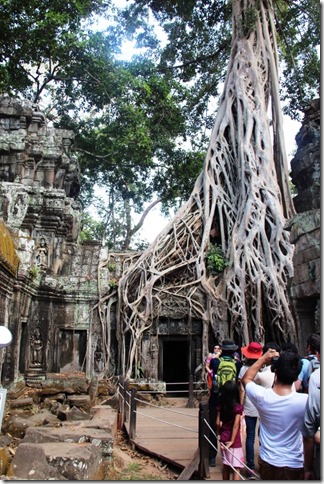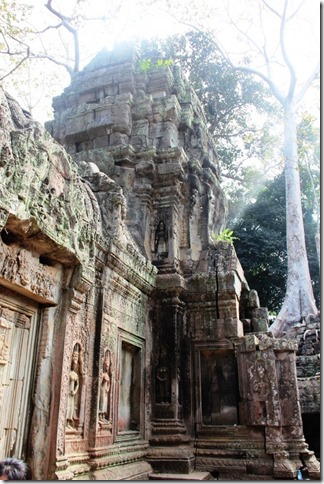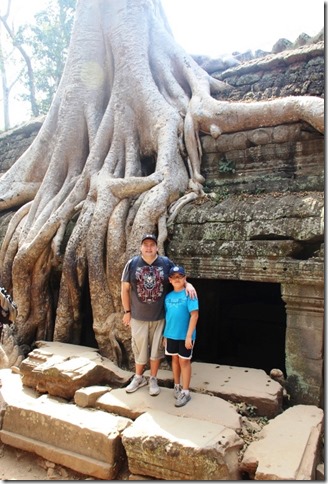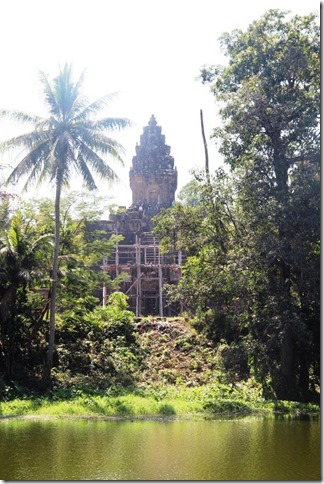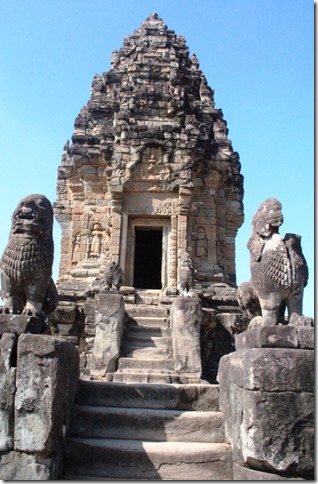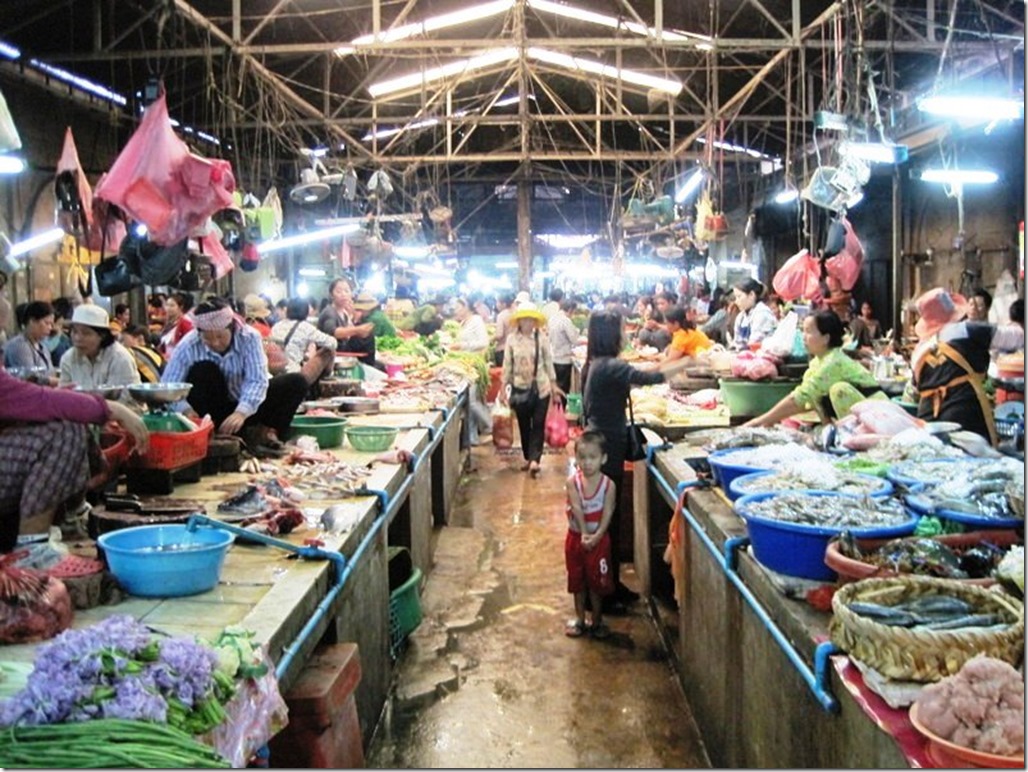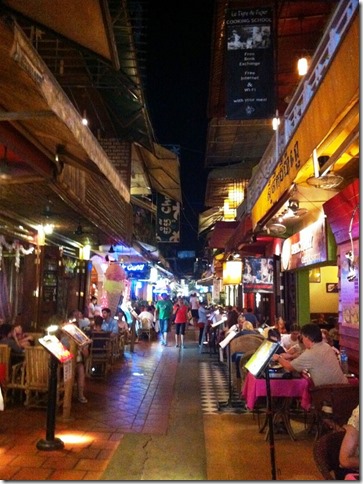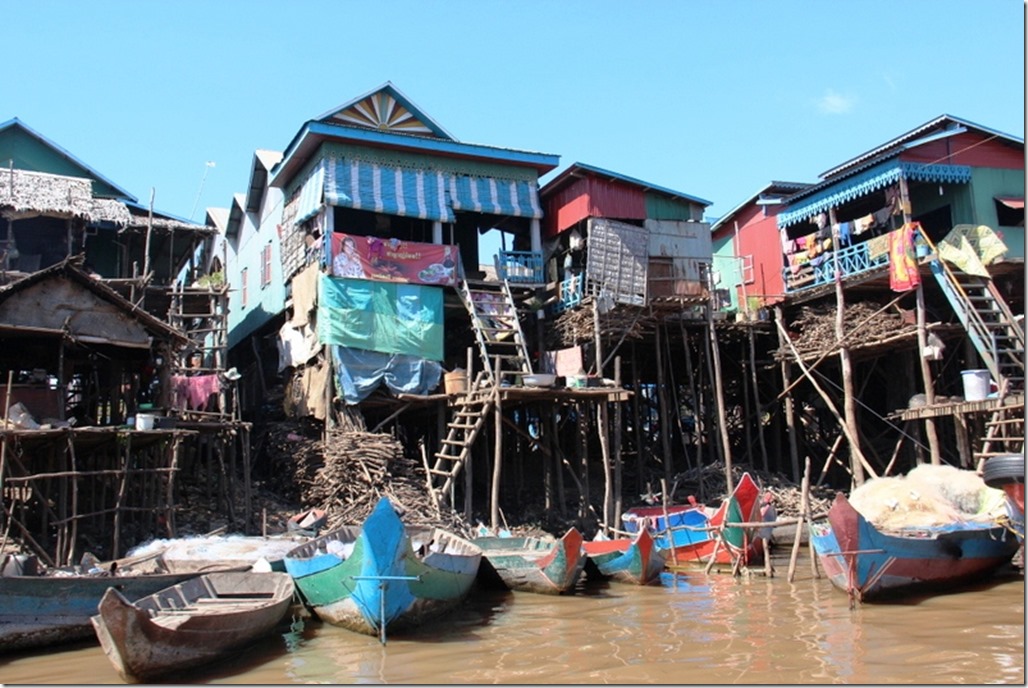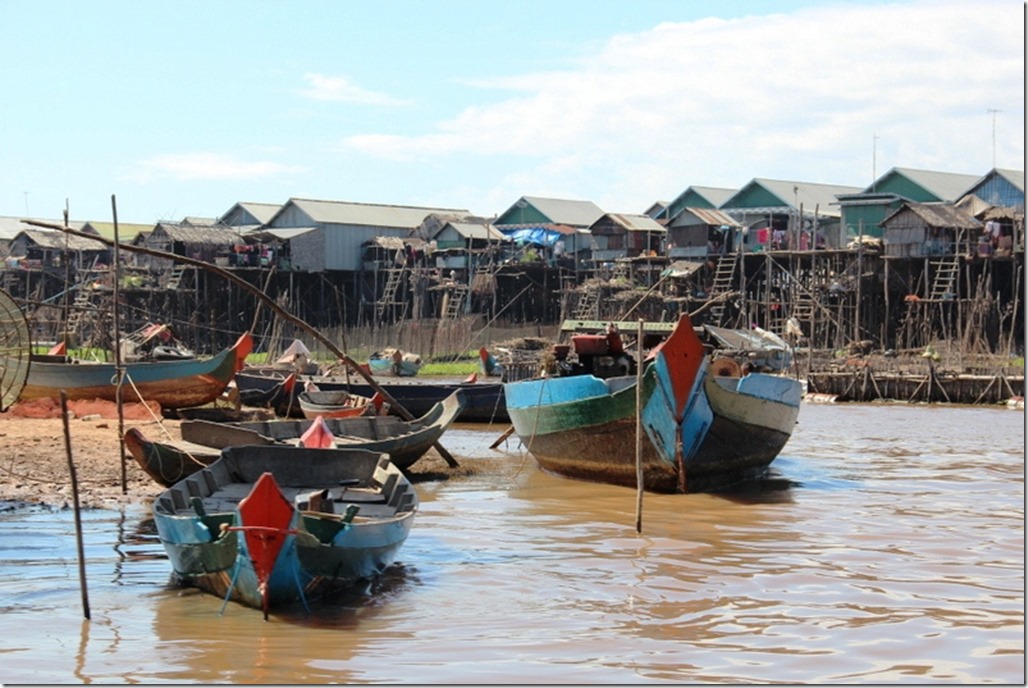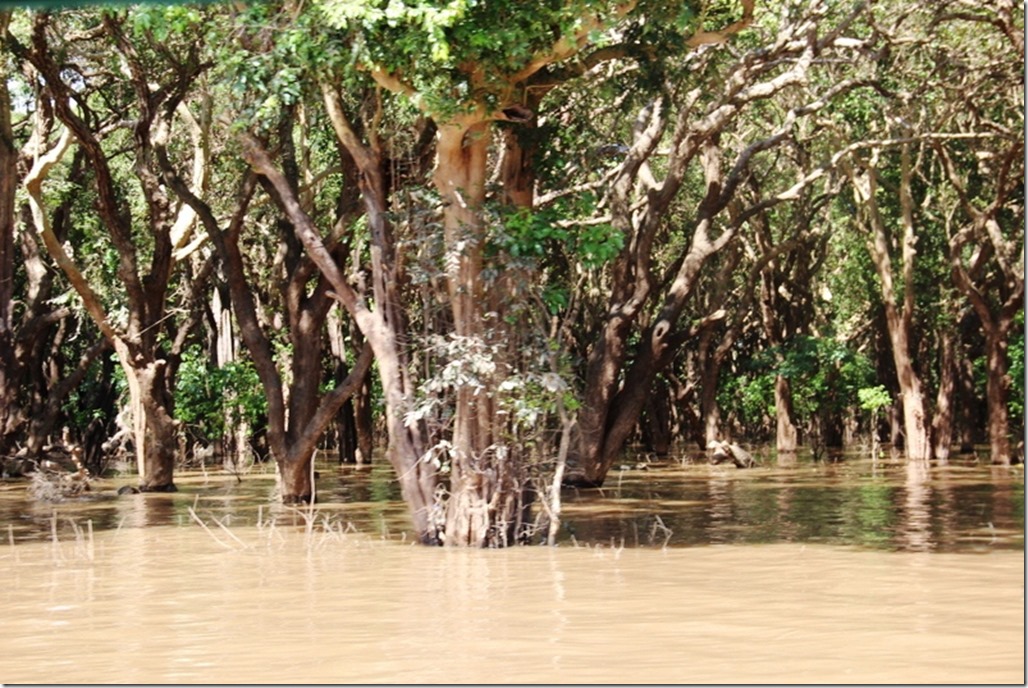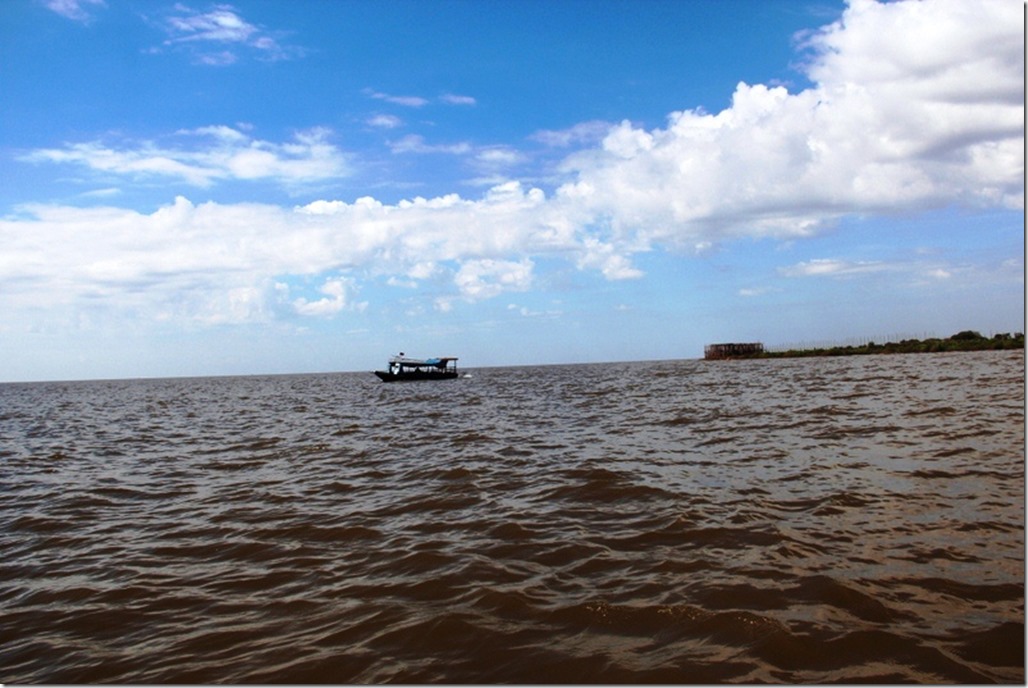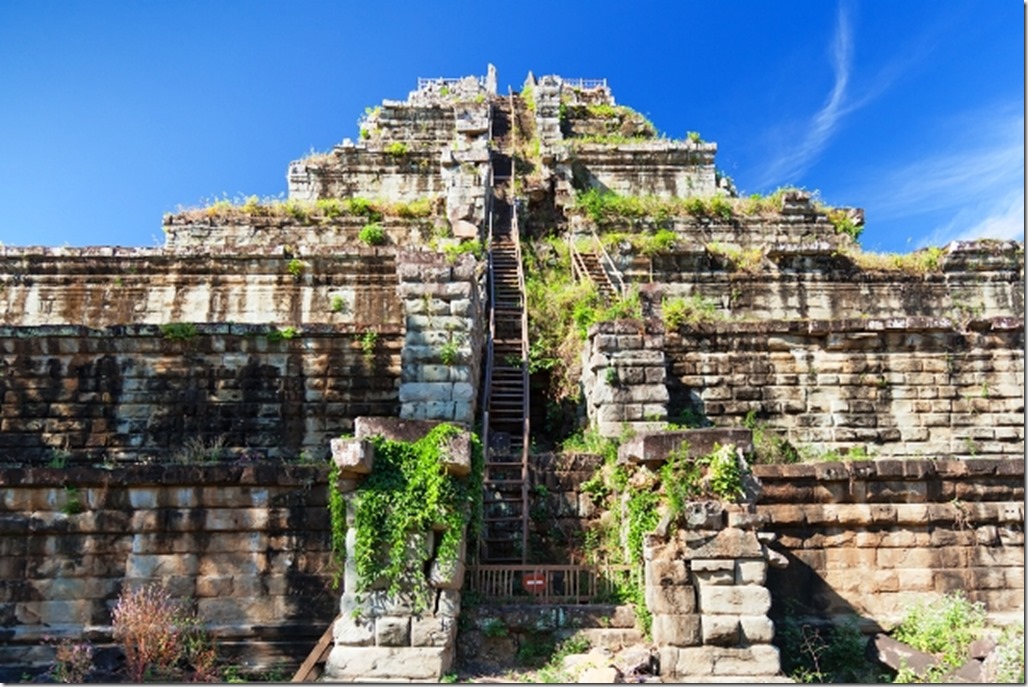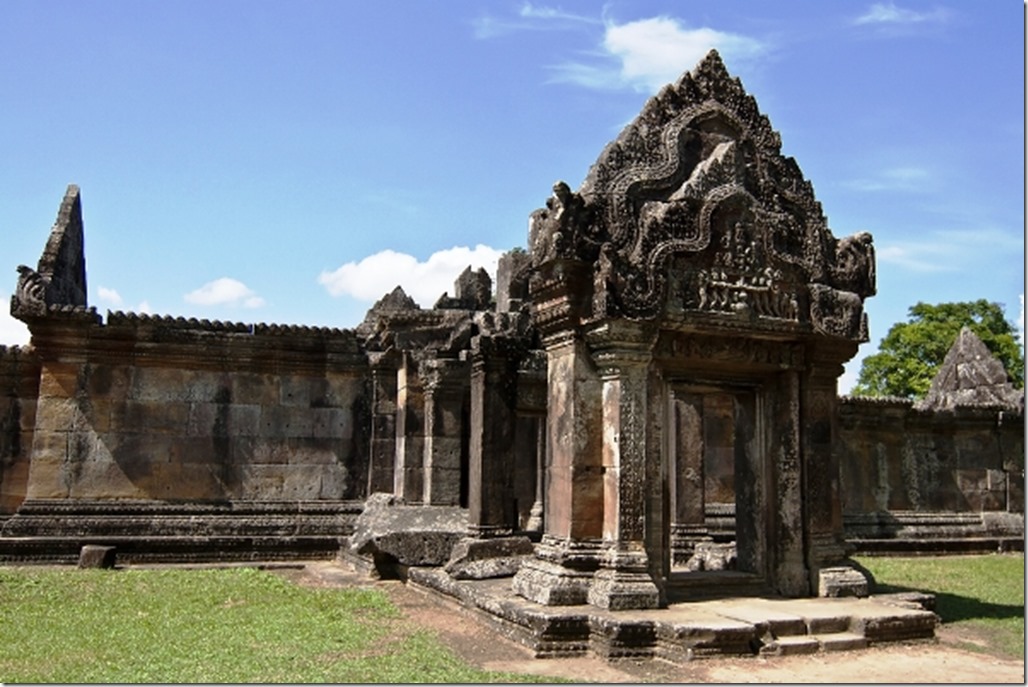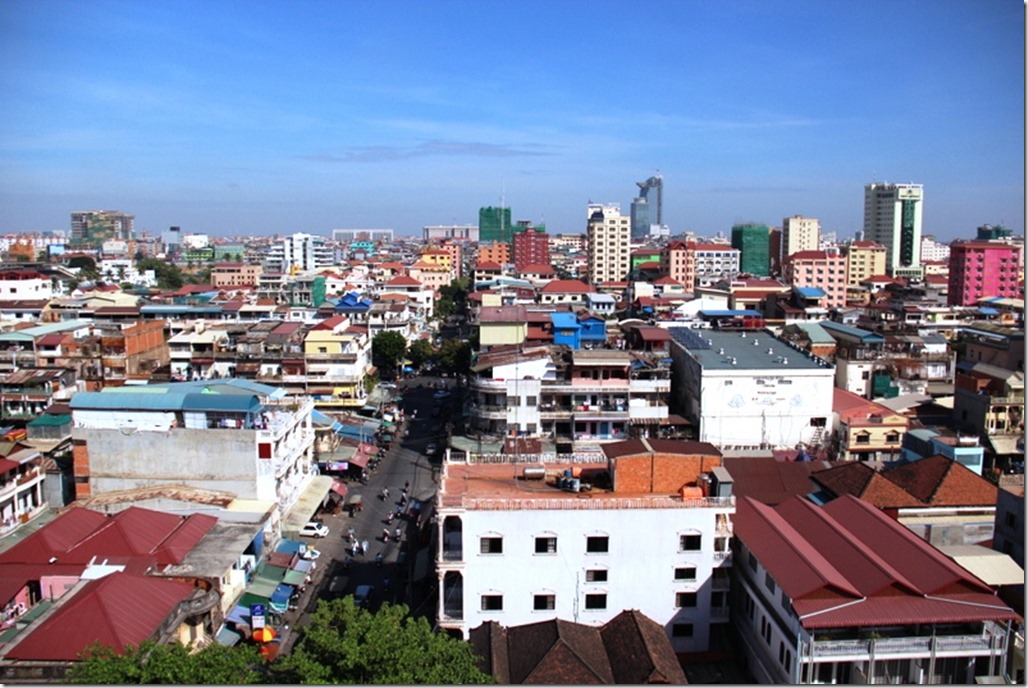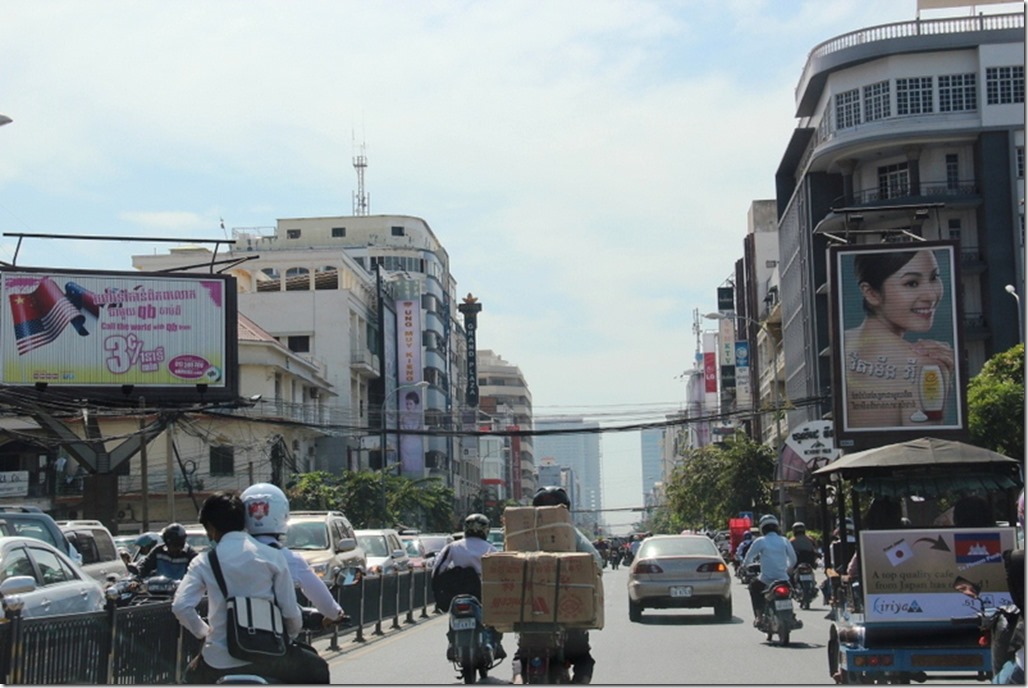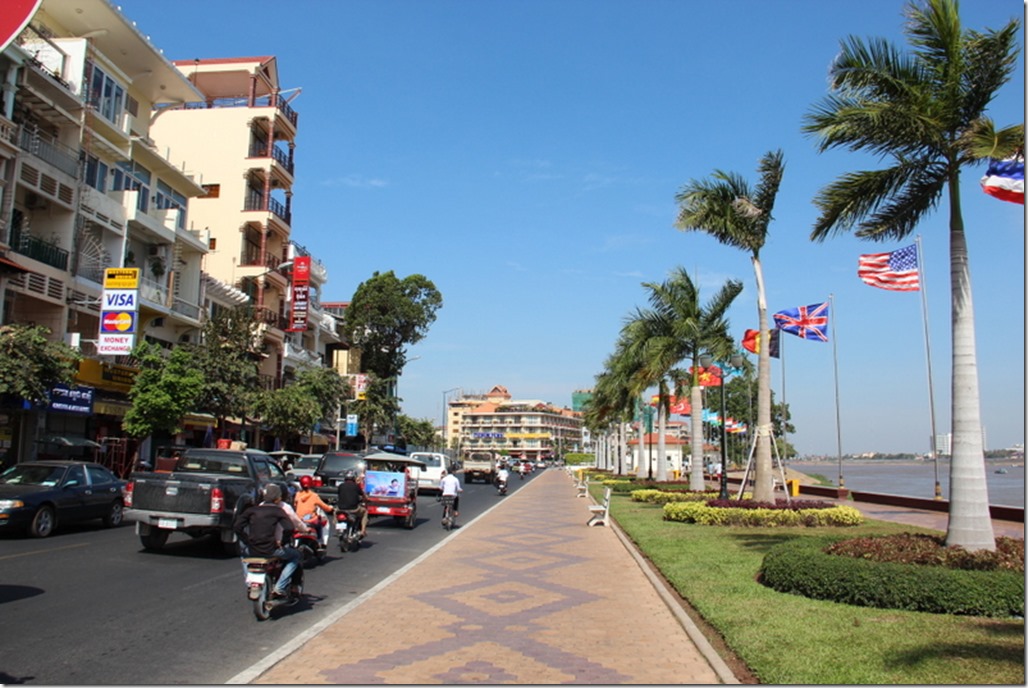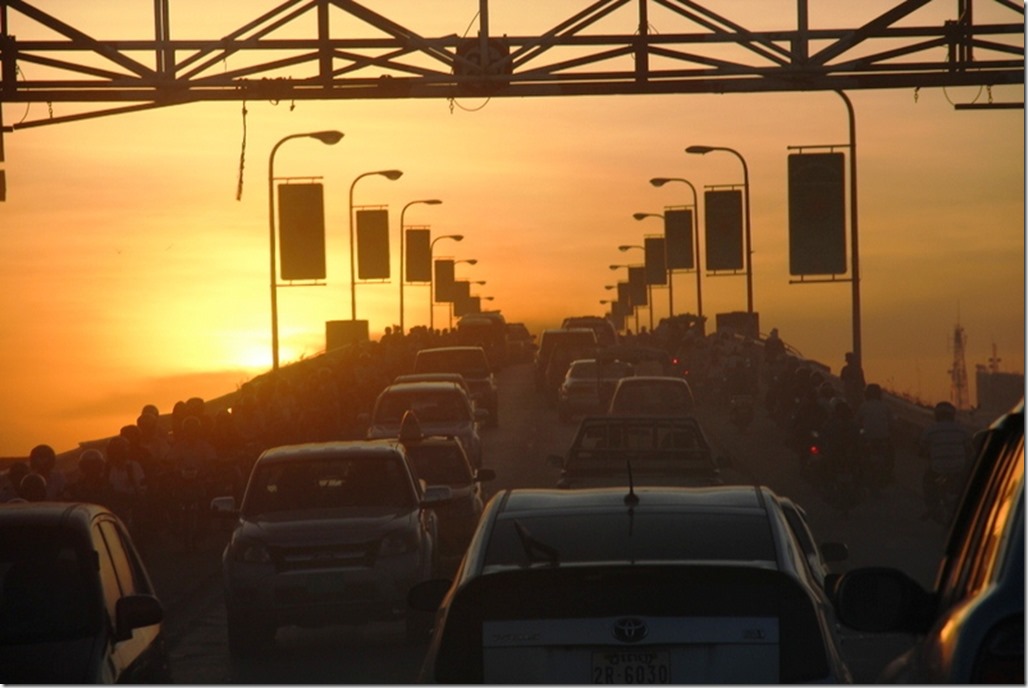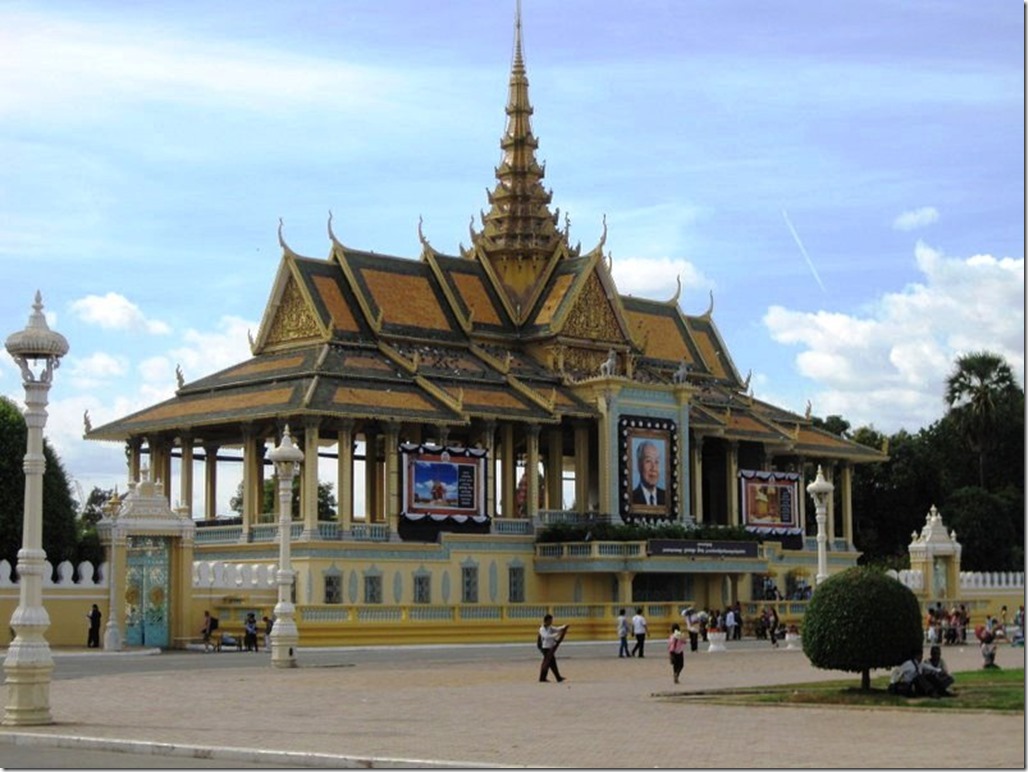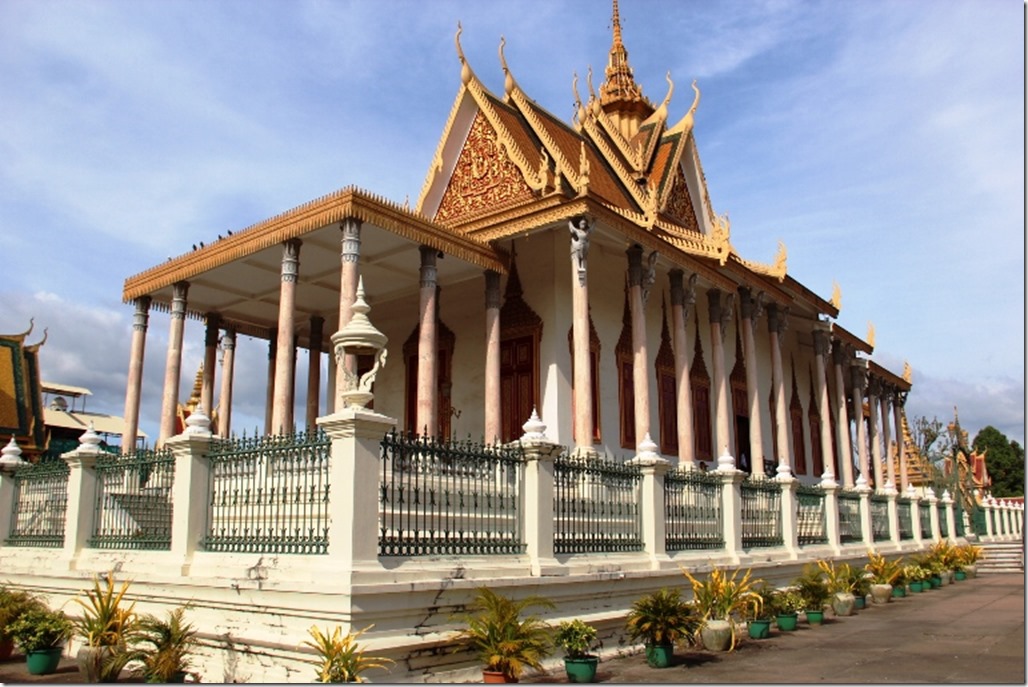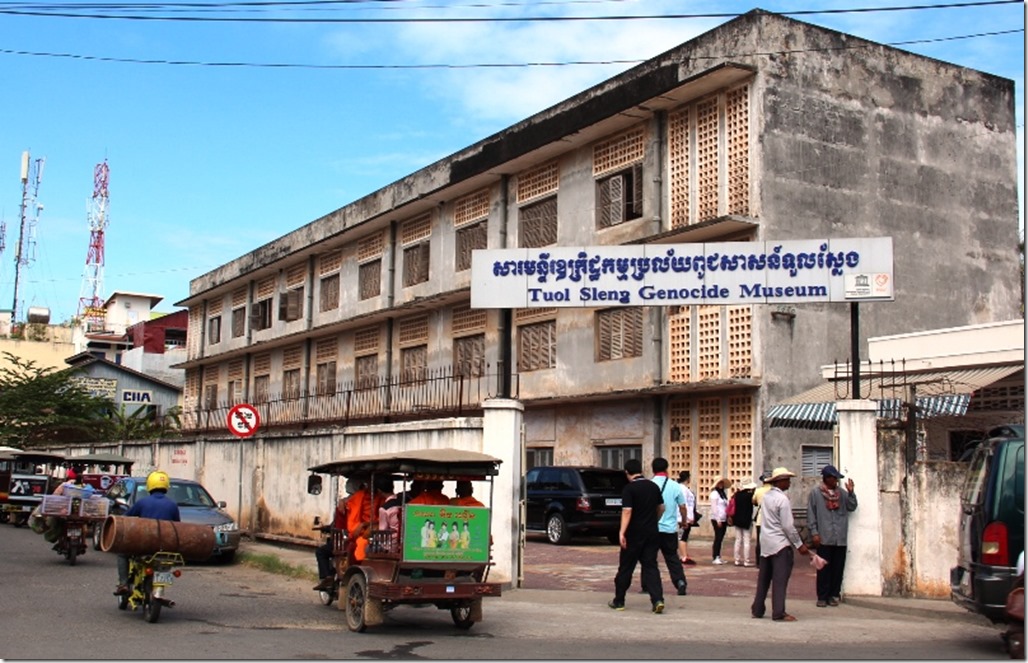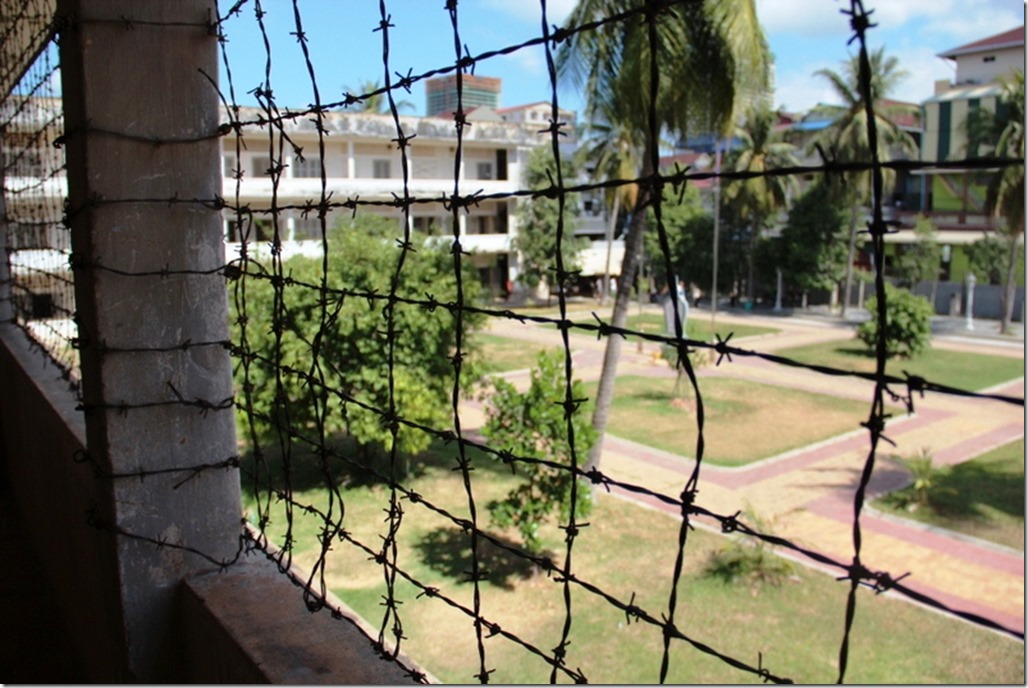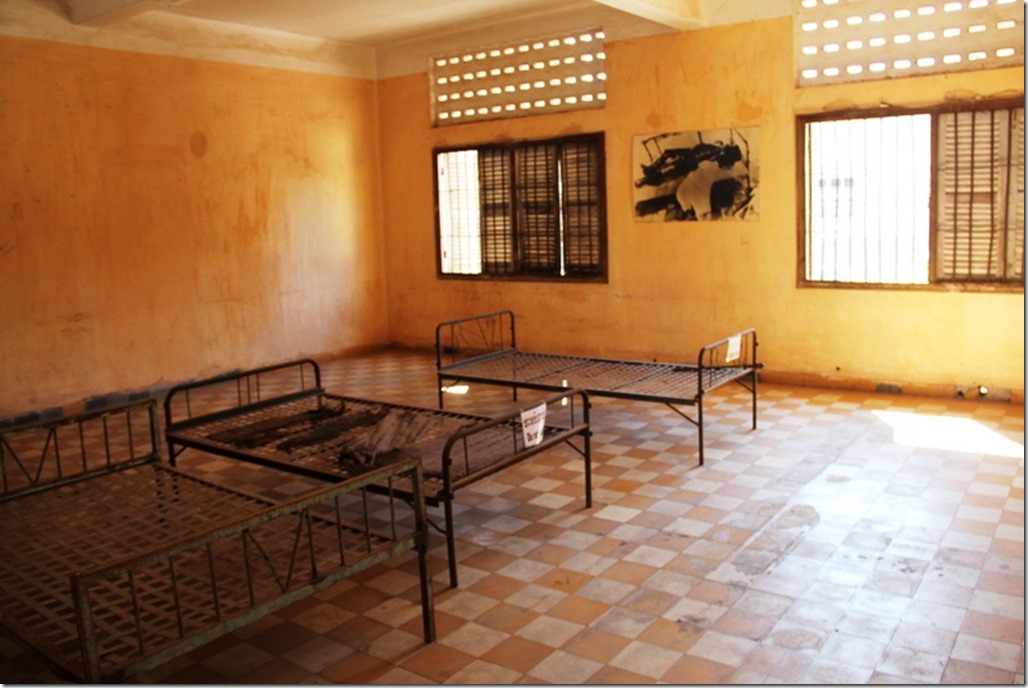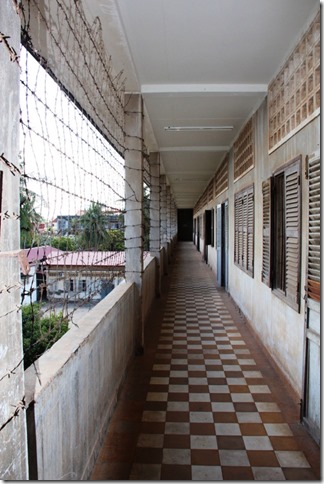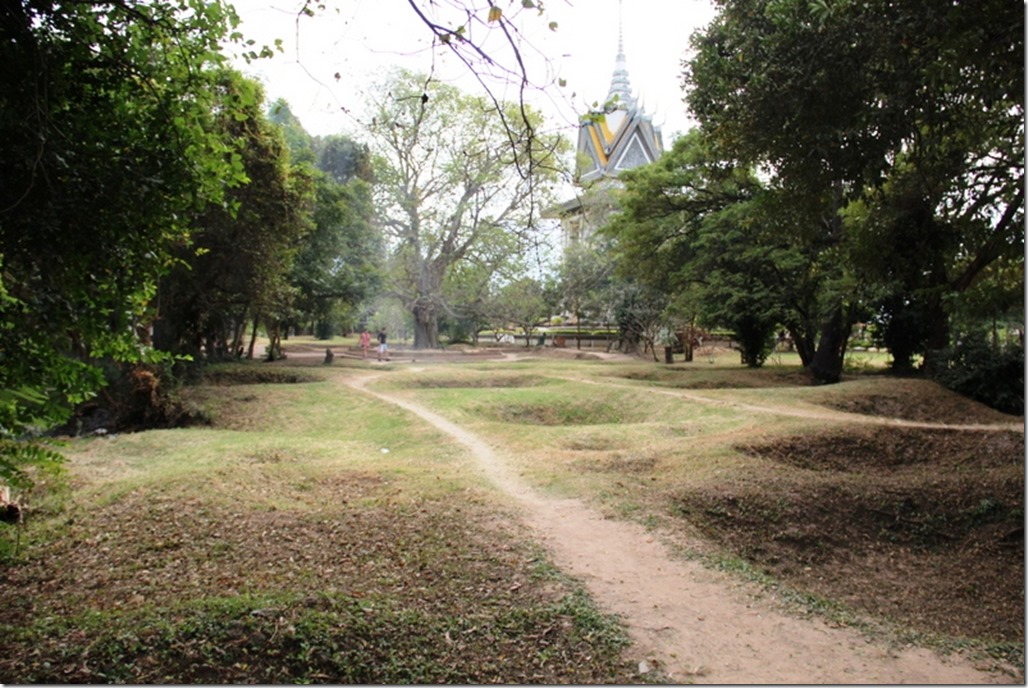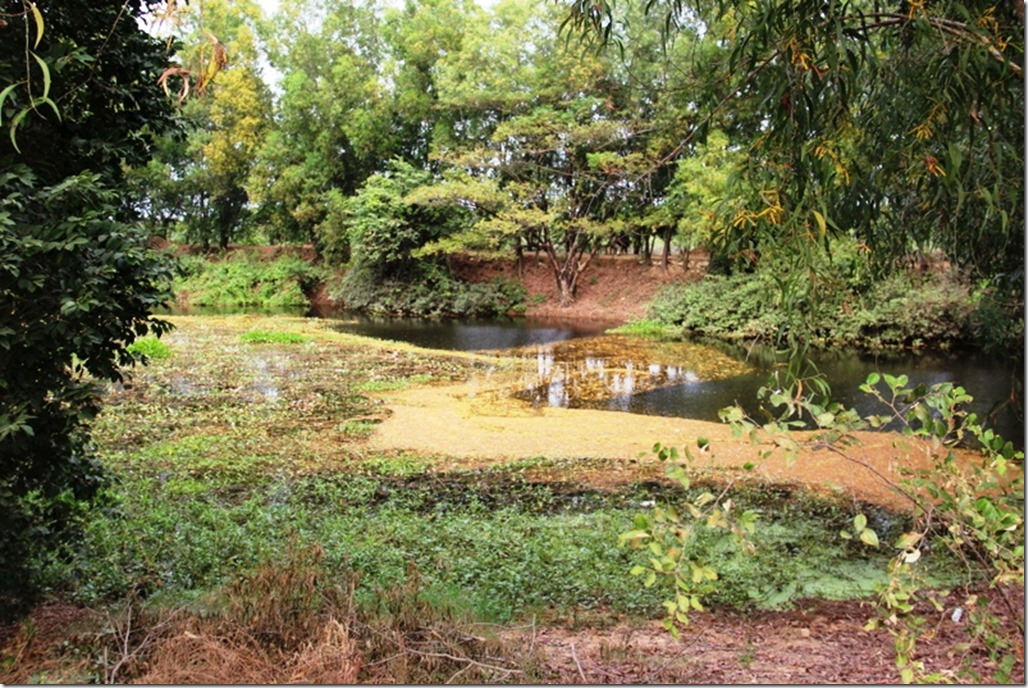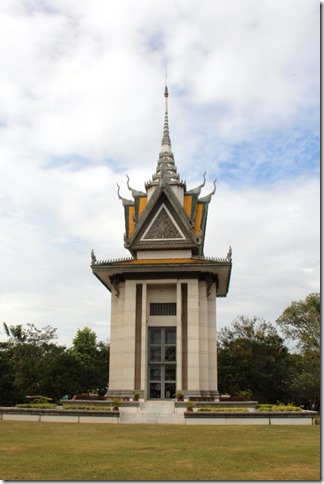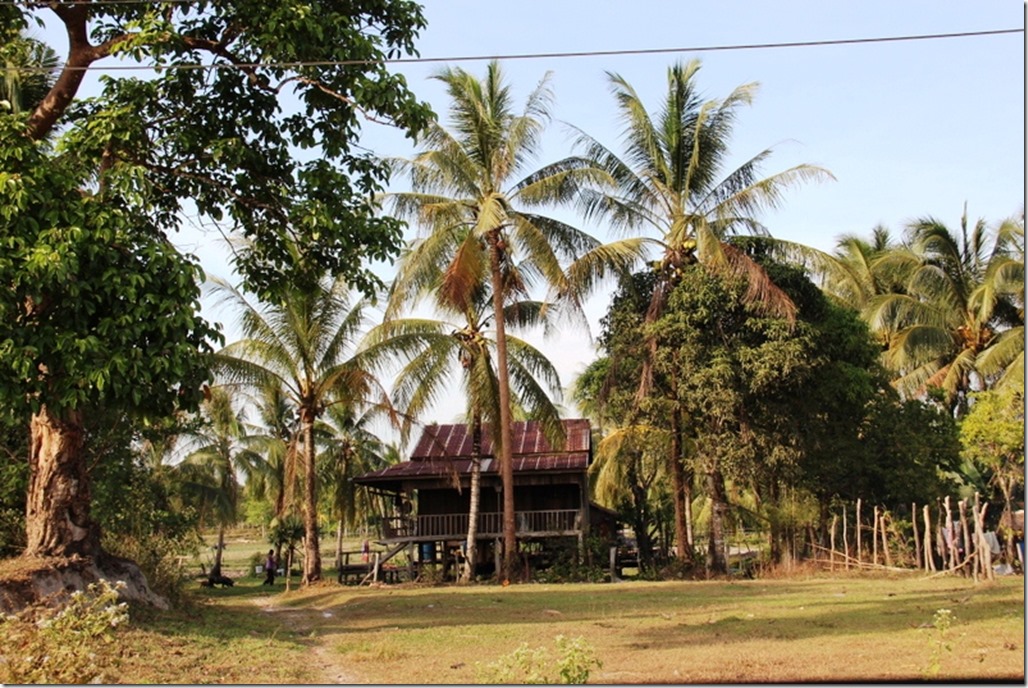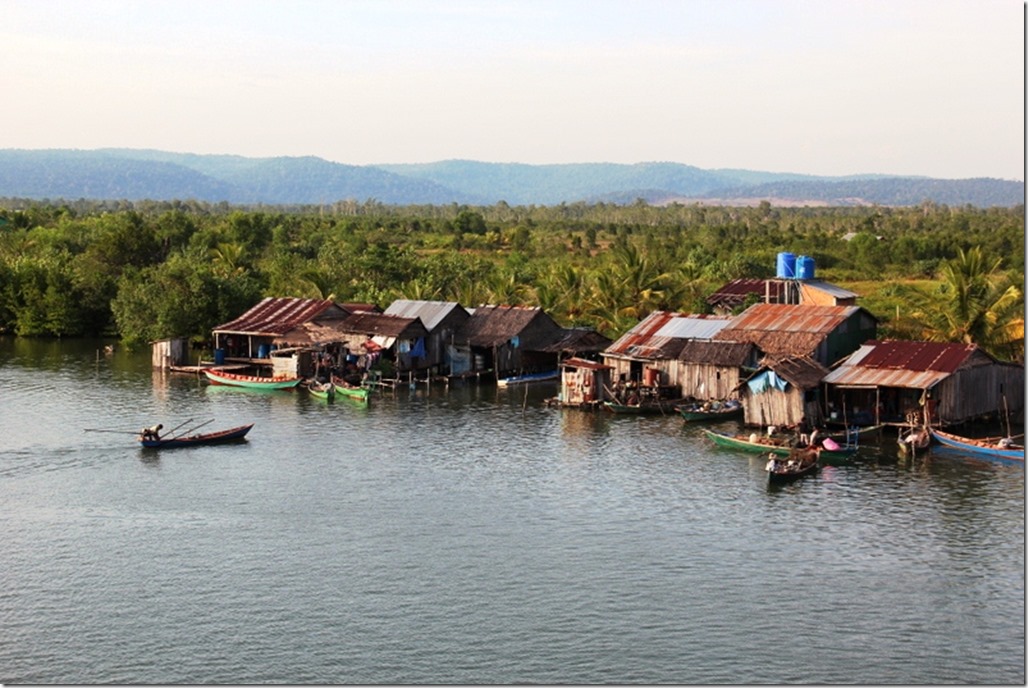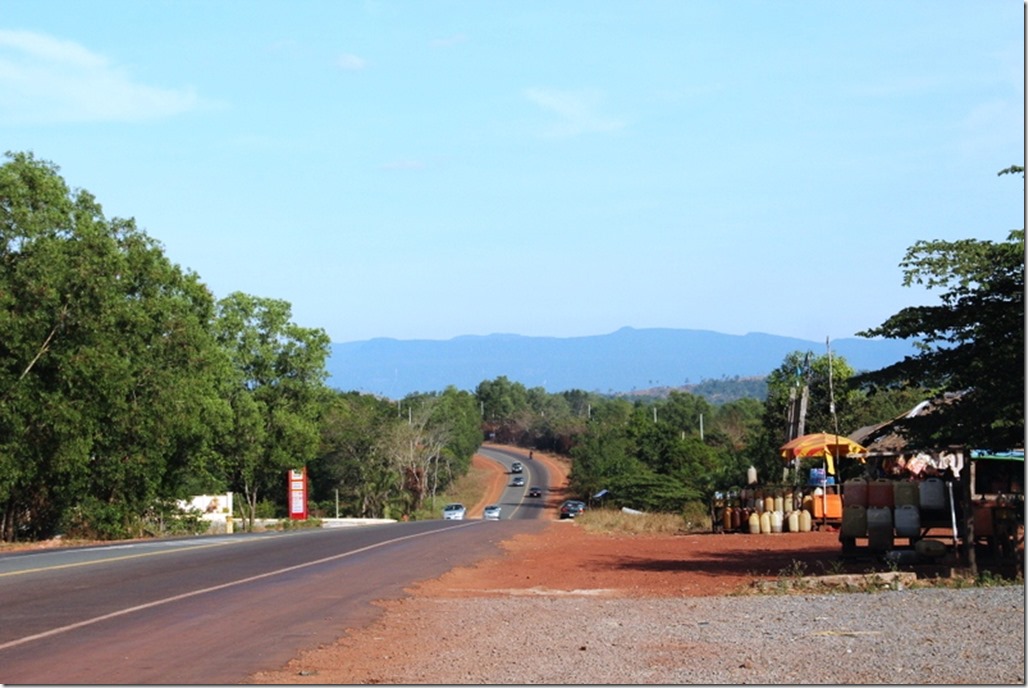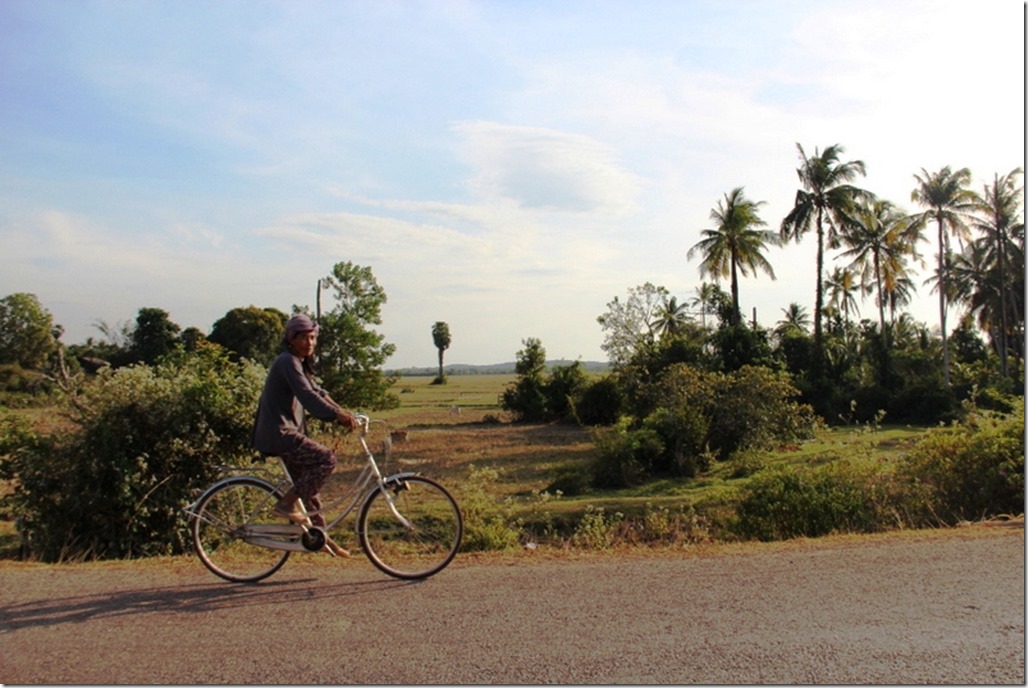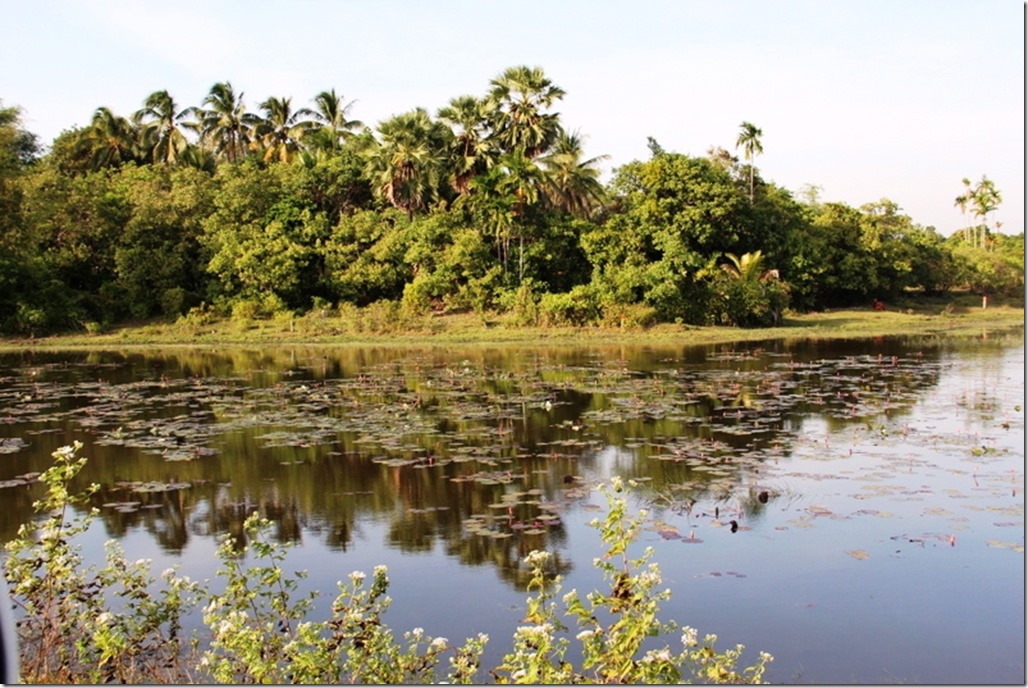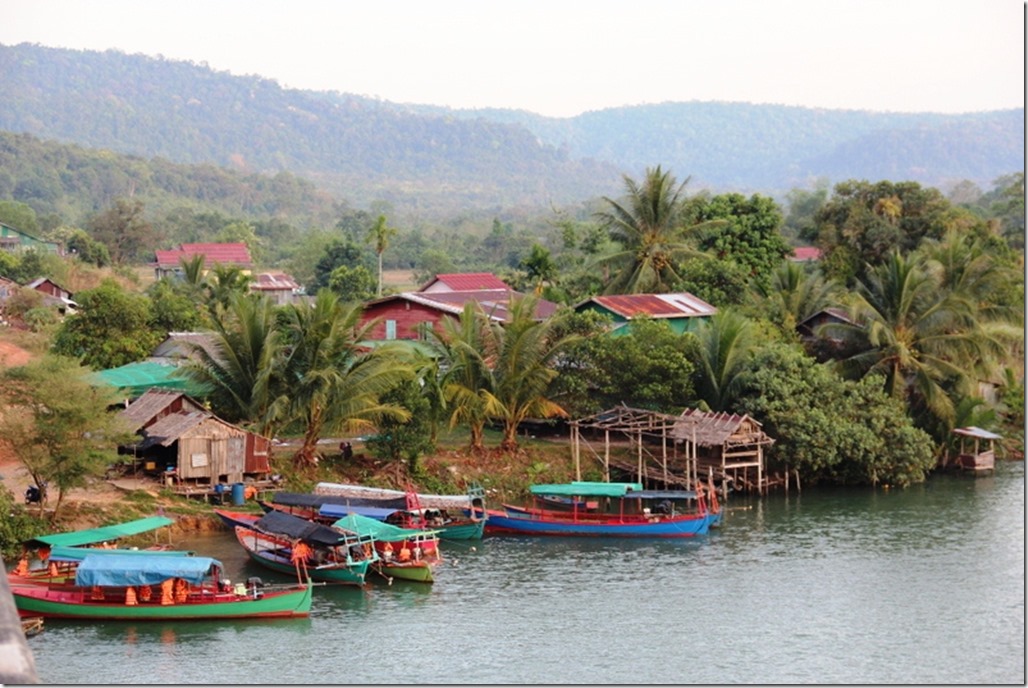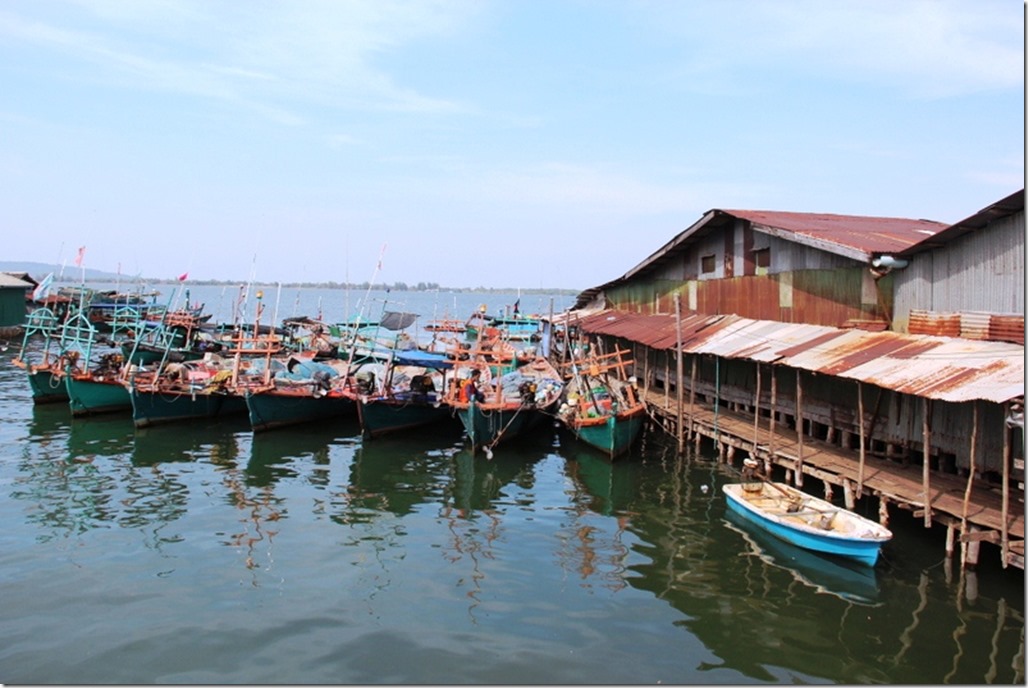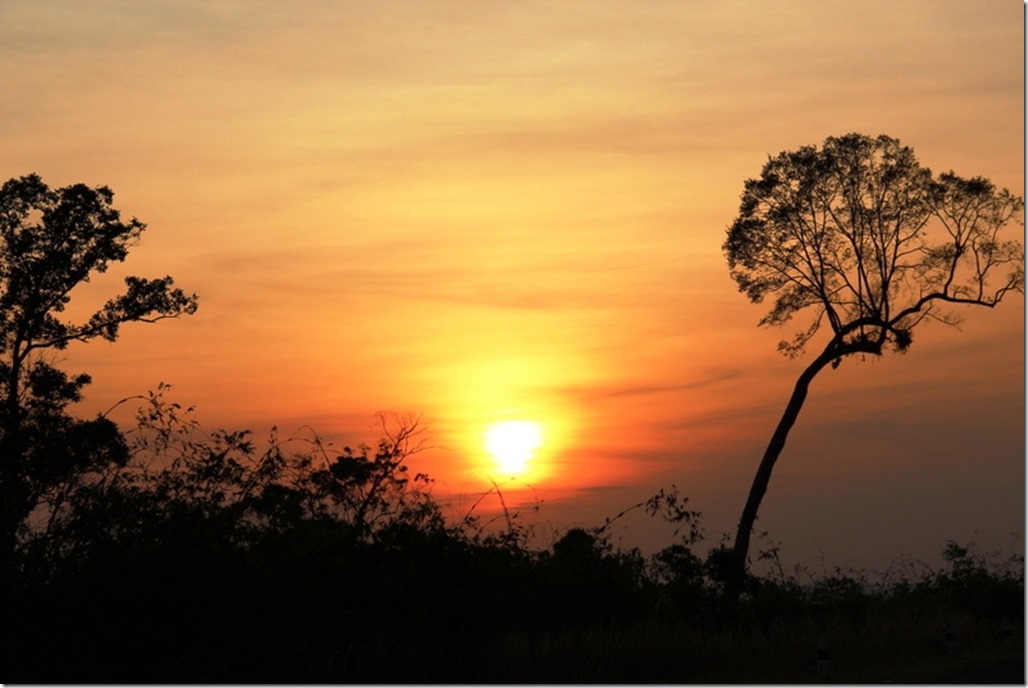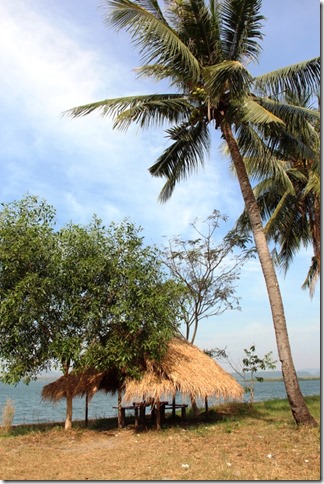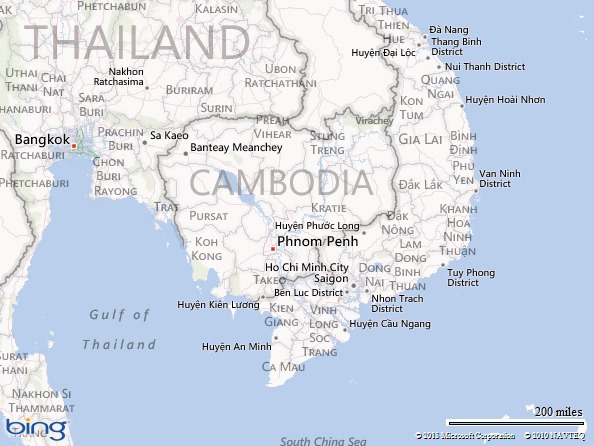World Adventurers for Kids Featured in the Foreign Service Journal
The prestigious Foreign Service Journal has featured my World Adventurers for Kids Books 1-3 collection this year in its annual “In Their Own Write” compilation of books published by Foreign Service-affiliated authors. The Foreign Service Journal wrote of Kilimanjaro (page 42):
This compilation of three children’s books (Alexander the Salamander, Ellie the Elephant and Zoe the Zebra) is designed to teach children valuable lessons while providing entertaining stories and beautiful illustrations of global landmarks and wild environments.
Young children will enjoy the stories of an adventuring salamander with his rainforest friends, a courageous elephant attempting to achieve his goal of playing polo, and a group of defensive pals from the African bush set against a bullying pack of hyenas. The stories are supplemented by wonderfully illustrated vistas and humorously drawn animals with large eyes. The book is in large print, which makes it easy to read for both young kids and adults of all ages.
After serving as an FSO in South Korea, Paraguay and Zambia, M.G. Edwards left the Foreign Service in 2011 to write fantasy, thriller, travel and children’s books full time. He currently lives in Bangkok with his wife, Jing, and their elementary-aged son, Alex.
Thank you, Foreign Service Journal, for including World Adventurers for Kids Books 1-3 on your 2013 list. I am grateful that my book joined other superb works written by Foreign Service colleagues and alumni. I encourage readers to browse the books featured in “In Their Own Write” and to peruse the pages of the Journal to learn more about the Foreign Service.
World Adventurers for Kids Books 1-3 is available to purchase as an e-book or in print from these booksellers:
E-book Version
World Adventurers for Kids Books 1-3 is now available to purchase as an e-book for only $2.99 (or equivalent in other currencies) from these booksellers:
Amazon Canada for Kindle ($3.05)
Amazon Germany for Kindle (€2,68)
Amazon France for Kindle (€2,68)
Amazon India for Kindle (R177.00)
Amazon Italy for Kindle (€2,68)
Amazon Spain for Kindle (€2,68)
Amazon Brazil for Kindle (R$6,67)
Amazon Japan for Kindle (¥296)
Barnes & Noble for Nook ($2.99)
Barnes & Noble UK for Nook (£1,91)
Diesel eBook Store for multiple e-readers ($2.99)
Kobo Books for Kobo Reader ($2.99) (available in Australia and other countries)
Sony ReaderStore for Sony e-reader ($2.99)
Smashwords for multiple e-readers ($2.99)
Print Version
World Adventurers for Kids Books 1-3 is now available in print for $8.02 (or equivalent in other currencies) from these booksellers:
Visit my website for a complete list of booksellers.
About the World Adventurers for Kids Series
The collection includes the first three picture books in the World Adventurers for Kids Series: Alexander the Salamander, Ellie the Elephant, and Zoe the Zebra. The book is available both in print and e-book formats from many booksellers.
Alexander the Salamander discusses the importance of listening to authority figures. A young salamander named Alexander joins his friends Airey the Butterfly and Terry the Tarantula for an unforgettable adventure in the Amazon River Basin.
Ellie the Elephant encourages children to follow their dreams. A young elephant named Ellie living in Thailand dreams of joining the elephant polo team and playing in the Elephant Cup polo tournament, but her parents want her to work in the rice fields. Will she realize her dream of playing elephant polo?
Zoe the Zebra teaches children about bullying. A young zebra named Zoe who lives in the African bush joins forces with her friends Emma the Impala, Barry the Baboon, and other animals to protect their friend Wally the Warthog from a pack of bullying hyenas. Can they help him and stop the bullying?
About the Foreign Service Journal
The Foreign Service Journal covers foreign affairs from an insider’s perspective, providing thoughtful articles on international issues, the practice of diplomacy and the U.S. Foreign Service. The Journal is published monthly (July/August issues combined) by the American Foreign Service Association (AFSA). The November issue features its annual “In Their Own Write” compilation with new books by Foreign Service-affiliated authors. The list spans almost every conceivable literary genre: from history and foreign policy to memoirs and biographies, and from novels and short stories to mysteries and how-to books.
About the American Foreign Service Association
Established in 1924, AFSA is the professional association of the United States Foreign Service. With close to 16,000 dues-paying members, AFSA represents over 28,000 active and retired Foreign Service employees of the Department of State, Agency for International Development (AID), Foreign Agricultural Service (FAS), Foreign Commercial Service (FCS), and International Broadcasting Bureau (IBB).
Click here to read about my memoir Kilimanjaro featured in the November 2012 edition of the Foreign Service Journal.
Click here to read about my book Real Dreams: Thirty Years of Short Stories featured in the November 2012 edition of the Foreign Service Journal.

